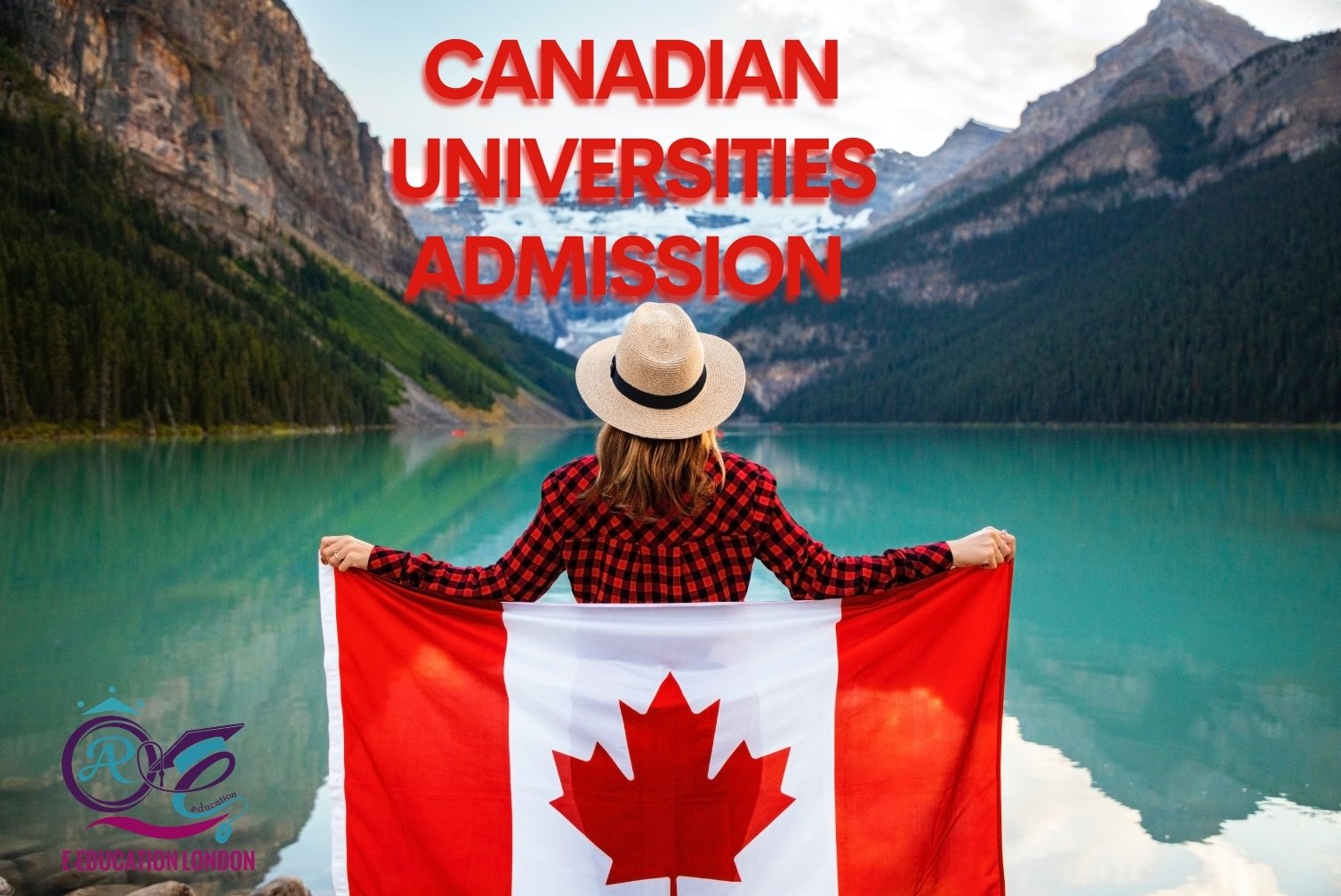Australia is also one of the best places to live. It is a young, vibrant and friendly country in which students can live, learn and grow. True culture melting Cities like Melbourne are known to host nationals from over 80 (Eighty) countries. So if you want a quality education and a good lifestyle, Australia’s the place to be
Australia has 37 government-funded universities and two private universities, as well as a number of other specialist institutions that provide approved courses at the higher education level. The University of Sydney is Australia’s oldest university, having been founded in 1850, followed by the University of Melbourne three years later. Other notable universities include those of the Group of Eight leading tertiary institutions, including the University of Adelaide, the Australian National University located in the national capital of Canberra, Monash University and the University of New South Wales.
According to the worldwide Quality-of-Life Index for 2011 all of Australia’s major cities fare well in global comparative livability surveys where Melbourne ranked 1st on The Economist’s 2017 World’s Most Livable Cities list, followed by Sydney and Perth in seventh and ninth place respectively.
The main intakes offered by Universities are in June/July and January/February. Some colleges may also have intakes in March and November.
- A full-time International student can work part-time as per the given guidelines.
- A full-time degree student can work up to 40 hours fortnightly during term-time and full-time during vacations.
- A full-time student can also work on a work placement as part of the course.
- A student can earn from $16 – $25 per hour i.e. $1,280 – $2,000 per month.
- After the successful completion of a Bachelors or Masters a student can apply for a 2 year Post-Study Work Permit.
UNIVERSITIES UNDER RAQ E EDUCATION
| Australia |
|---|
| Ø Curtin College |
| Ø Deakin College |
| Ø Edith Cowan College |
| Ø Griffith College |
| Ø La Trobe College Australia (Melbourne) |
| Ø La Trobe University Sydney Campus |
| Ø Eynesbury College | UoA |
| Ø Eynesbury College | UniSA |
| Ø South Australian Institute of Business and Technology |
| Ø University of Canberra College |
| Ø Western Sydney University International College |
| Ø Sydney Institute of Business and Technology |
| Ø Western Sydney University - Sydney City Campus |
| Ø SAE Online (AUS) |
| Ø SAE Brisbane |
| Ø SAE Byron Bay |
| Ø SAE Melbourne |
| Ø SAE Perth |
| Ø SAE Sydney |
| Ø Australian College of Applied Professions |
Entry Requirements
To begin studying in Australia, there are a range of entry requirements you may have to meet. Requirments may vary depending on the level of education you want to study.
Applicants are required to provide results of an English language test. The English language skill level might defer from one institution to another or depending on the desired program.
Applicants who completed a 1-2 year Academic studies in English will not be required to provide evidence of English language skill and will be able to enter the program directly.
Applicants must be aware of the financials and the cost when choosing Australia as their destination of study, applicants will be required to have access to funds including full year of tuition fees, (1) year of living expenses and an overseas health cover plus a 2 ways home flight tickets.
6. Official translation of the transcript, depending on qualifications and educational levels, Diploma
Decision makers will regard to the applicants circumstances in their home country and the applicant’s potential circumstances in Australia.




